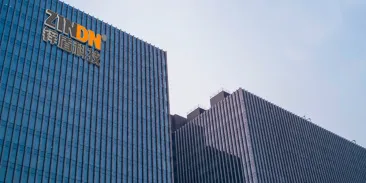Successful application case of graphene heavy-duty anti-corrosion coating system: Fu-Xia high-speed rail Quanzhou Bay Bridge was successfully closed. Innovative technology won many world bests!
The world's first cross-sea high-speed rail bridge, the Fuzhou-Xiamen High-speed Rail Quanzhou Bay Cross-sea Bridge with a design speed of 350 kilometers per hour (hereinafter referred to as the Quanzhou Bay Cross-sea High-speed Rail Bridge), closed on August 6.
The bridge adopts a shell-shaped curved bridge tower, and the guardrail is designed in a wave shape. It means "Quanzhou is the strongest economic city in Fujian Province, the starting point of the ancient Maritime Silk Road and the largest port in the East at that time." Under the development opportunity of the road, set sail and reproduce the glory of maritime trade and the world's major port.
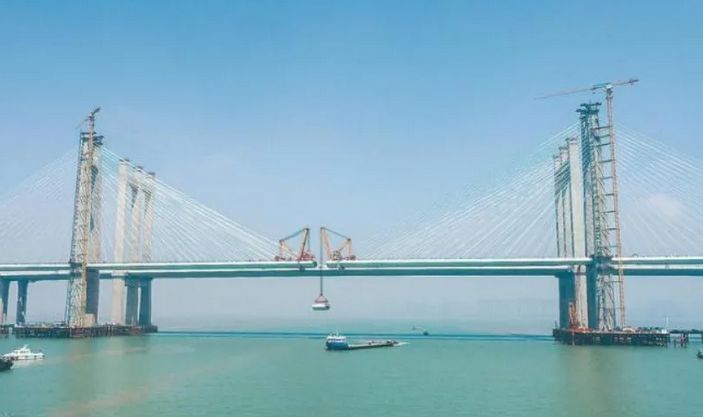
"Quanzhou Bay Cross-sea High-speed Rail Bridge, innovatively adopts the "graphene heavy anti-corrosion coating system", which will achieve a breakthrough in extending the anti-corrosion life." said Li Pingzhuo, director of Fuxia High-speed Railway of China Railway Construction Fourth Survey and Design Institute Group Co., Ltd.
Targeting durability, corrosion resistance,
and reduced maintenance costs
Solving the corrosion problem of the ocean on the bridge is a major challenge encountered in designing cross sea bridges. Data shows that corrosion is a common problem faced by engineering construction in countries around the world.
The research results of the Chinese Society of Corrosion and Protection in 2014 showed that the annual cost of corrosion accounts for about 3% -5% of the gross domestic product of countries around the world, which is greater than the total losses caused by natural disasters and various accidents. In 2014, the total cost of corrosion in China exceeded 2 trillion yuan, accounting for approximately 3.34% of the country's gross domestic product.
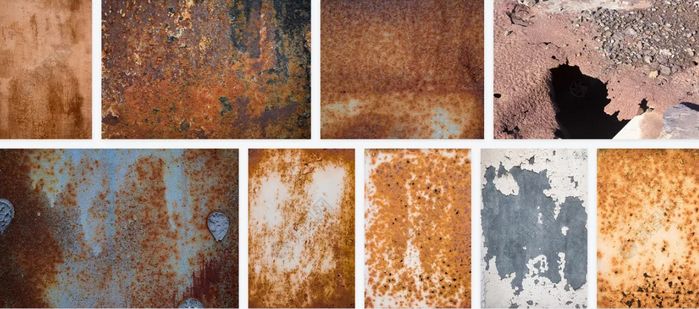
It turns out that in moist air, the water film formed on the surface of steel will dissolve carbon dioxide, sulfur dioxide, hydrogen sulfide and other gases in the atmosphere, so that the water film contains a certain amount of hydrogen ions, forming a thin film containing electrolyte solution, which is exactly the same as that of steel. The iron and a small amount of carbon in the battery constitute the primary battery. The large amount of salt dispersed in the sea and air promotes the rapid movement of electrons in the solution. This conduction effect accelerates the corrosion rate of steel.
The main anti-corrosion method of steel structure is to choose durable heavy-duty anti-corrosion coating.
According to the current standards of the steel structure anticorrosive coating system for railway and highway bridges in China, based on traditional coating materials and coating systems, even if the materials of well-known foreign coating companies are used or the method of increasing the thickness of the coating film, the steel structure bridges that have been built, The designed protection life is generally about 25 years.
The steel girder of the Quanzhou Bay Cross-sea High-speed Railway Bridge is 800 meters long and the painting area is about 100,000 square meters. "Using the world's best coatings and construction methods, it will enter the maintenance stage in about 15 years." The calculation results of the project personnel show that the bridge needs to be painted 7 times within 100 years (including the restoration after opening to traffic) at a cost of 150 yuan per square meter. Paint 6 times), the total cost is 105 million yuan. As a result, the design team of the China Railway Second Institute realized that achieving the durable anti-corrosion and reducing maintenance costs of the Quanzhou Bay Cross-sea High-speed Railway Bridge has become one of the goals of the China Railway Group.
Borrowing aviation graphene technology
Development of heavy-duty anti-corrosion coating
The Fuxia high-speed railway line under construction has a total length of 300.483 kilometers and a design speed of 350 kilometers per hour. The length of the bridge occupies one-third of the total length of the line. Among them, there are 3 cross-sea bridges from Fuzhou to Xiamen, followed by Meizhou Bay, Quanzhou Bay, and Anhai Bay. Among them, the Quanzhou Bay Cross-sea High-speed Rail Bridge is 20.3 kilometers long and has a main span of 400 meters. It is the largest and most difficult key control project on the entire line.
According to industry statistics, since the anti-corrosion period of the domestic bridge main steel structure anti-corrosion coating system is generally less than 15 years, some auxiliary structural steel components will experience coating blistering and peeling within 3-5 years and need to be repainted.
Main railway lines and high-speed railways have the characteristics of large carrying capacity, dense high-speed trains, and short skylights. Steel structure painting and maintenance (repair, removal, repainting) are difficult to operate and costly. Therefore, it is necessary to consider reducing the number of high-speed rail bridges in the design. The number of maintenance.
In accordance with the design standards of the Quanzhou Bay Cross-sea High-speed Railway Bridge, in order to meet the high anti-corrosion requirements of the steel structure, through various investigations, the design team set their sights on graphene.
"Because the nano-level graphene's sheet structure is superimposed and arranged in a staggered arrangement, the use of graphene modified anti-corrosion coatings can form a'labyrinth' shielding structure in the coating to form a shielding barrier." Engineer Yan Aiguo said, this This shielding structure can effectively inhibit the infiltration, penetration and diffusion of corrosive media, and improve the physical barrier properties of the coating. At the same time, it can also extend the penetration and diffusion path of the corrosive medium, thereby improving the penetration resistance and service life of the coating.
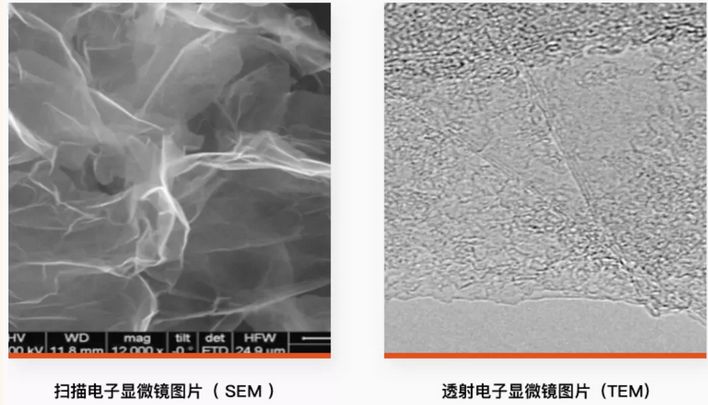
(The picture comes from the zinc shield graphene (cold sprayed zinc) SEM)
As early as 2016, the state has included graphene modified anticorrosive coatings in the "Thirteenth Five-Year Plan" and the list of new materials developed by the Ministry of Industry and Information Technology. As a key research and development project, it has begun to vigorously promote the development of graphene modified anticorrosive coatings in China.
In recent years, as China’s only comprehensive scientific research institution for aviation, engaged in basic research on aviation advanced materials application, material development and application technology research, and engineering research, China Aviation Engine Group Beijing Institute of Aeronautical Materials (hereinafter referred to as Beijing Aviation Materials Research Institute) Through innovative technology, a series of composite materials have been developed to enhance the coating's heat resistance, corrosion resistance, abrasion resistance and mechanical properties such as tensile, bending, and impact to varying degrees.
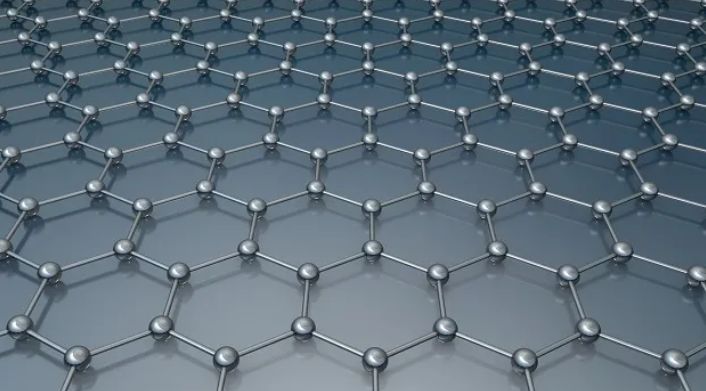
Relying on the research results of Beijing Aviation Materials Research Institute and many other units, the China Railway Fourth Institute established the project "graphene heavy anticorrosion coating system" to study its application feasibility in the anticorrosion technology and engineering of the steel structure of the Fuxia high-speed rail bridge. The graphene heavy-duty anti-corrosion coating system’s research has lasted for more than two years, and a lot of research work has been carried out, such as material component design and a series of corrosion tests (salt spray resistance and artificial accelerated aging resistance).
Simulation calculation and experiment show
Salt spray resistance is greatly improved
The design team made full use of graphene materials to modify the traditional coating system, using the flake-like coating structure of flake zinc powder, graphene, and flake mica, which greatly improved the anti-corrosion protection performance of the coating system.
Simulation calculations and experiments show that the innovatively researched "graphene heavy-duty anti-corrosion coating system" can achieve the goal of extending the anti-corrosion life and durability of steel structures in the marine corrosive atmosphere. The "graphene heavy-duty anti-corrosion coating system" will bring significant benefits to the construction of the cross-sea bridge, which can save more than 45% of investment, nearly 50 million yuan.

Experts believe that the "graphene heavy-duty anti-corrosion coating system" realizes the unification of long-term anti-corrosion and functionalization, lightweight and environmental protection in various atmospheric environments, and the anti-corrosion performance of traditional heavy anti-corrosion coatings is increased by more than three times. This is China's independent knowledge. The development direction of the new generation of heavy-duty anti-corrosion coatings with property rights will help break the monopoly of many foreign coating giants on 80% of China's heavy anti-corrosion coatings market.
At present, the technical team has compiled technical standards such as "Technical Conditions and Acceptance Standards for Ultra-long-life Durable Anti-corrosion Coating System for Quanzhou Bay Bridge and Anhai Bay Bridge". The coating system has also been applied to the steel structure of the Quanzhou Bay Cross-sea High-speed Railway Bridge and the Anhai Bay Cross-sea Bridge, covering various steel structures such as steel box girder, steel truss girder and auxiliary steel components (railings), and it is planned to be popularized and applied to Guangzhou. Bridge steel structure to Zhanjiang high-speed railway.
Recommend News
Contact Us
Headquarters Tel:
Business Hotline:
E-mail:
WhatsApp/Wechat:
Address:
9/F, Wai Chuang Building, 999 Gaolang East Road, Binhu District, Wuxi
Public Security Record No. 32021102000961| Su (tin) dangerous chemical word 02802




